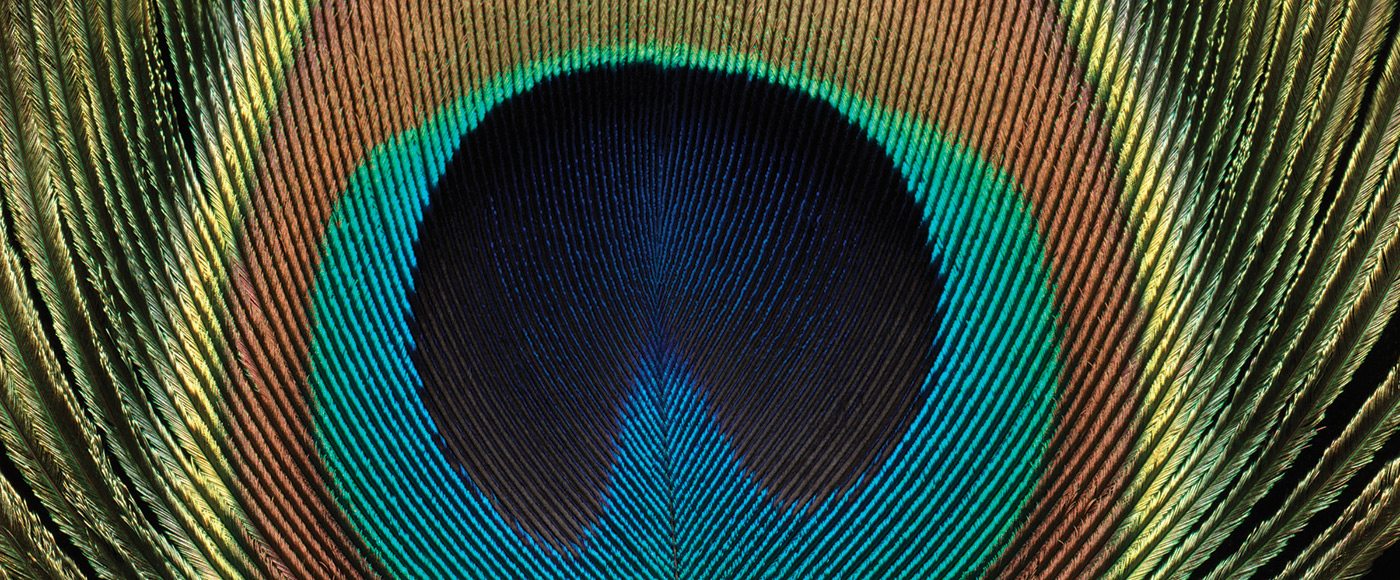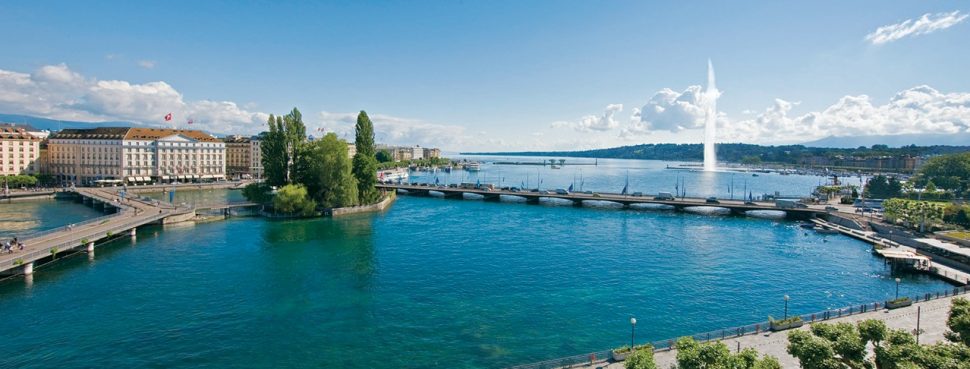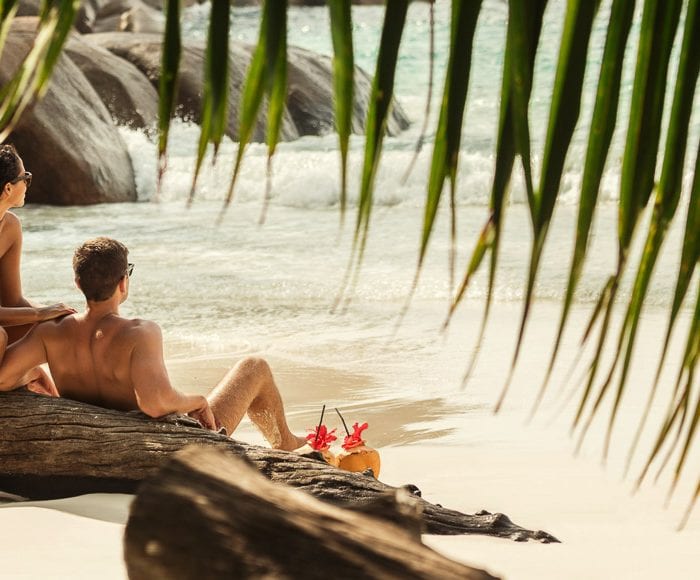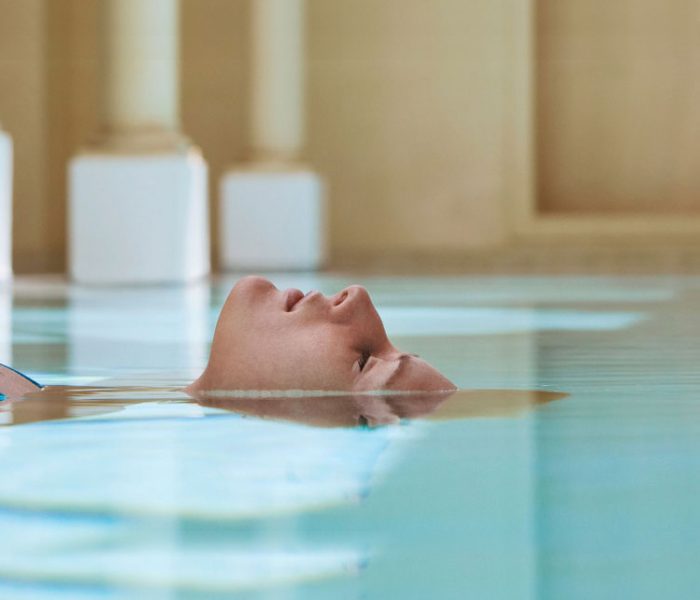Some of the most colourful guests at Four Seasons Hotels and Resorts are positively fair-weather types: birds. From brilliant migratory songbirds to resident waterfowl, the fine-feathered friends that frequent the destinations below are among the world’s most stunning and sought-after avifauna for birdwatching.
Some of them frequent the properties’ grounds; others require an excursion to encounter. And although birders and naturalists know that sightings are never guaranteed, if you pay attention while visiting these locations, you may catch a glimpse of their bright, elusive plumage.
Hawaii: Scarlet Hawaiian Honeycreeper (Drepanis coccinea)
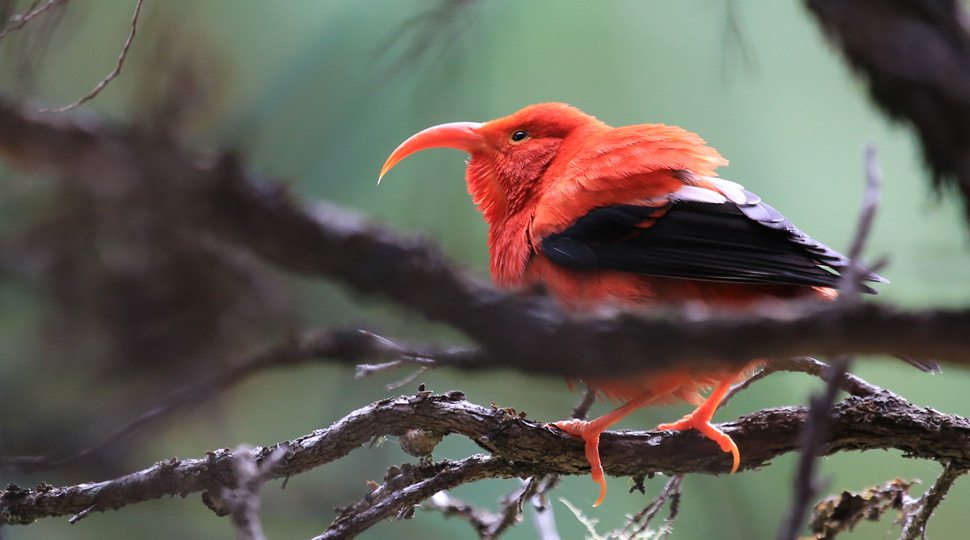
With its coral-coloured bill and vivid feathers, the Scarlet Hawaiian Honeycreeper fits perfectly within the bright, flowering gardens at Four Seasons Resort Hualalai.
Also known as the ʻiʻiwi, this blazing-red bird with the sickle-shaped bill is a favourite of birding visitors to Four Seasons Resort Hualalai. One of the 44 Hawaiian endemics, the altitudinally migratory ʻiʻiwi resembles a hummingbird, with a similar appetite for nectar. It can be seen at higher altitudes, such as on Mauna Kea (about an hour and a half away from the Resort), and has occasionally been spotted at higher elevations on Hualalai itself, just 20 miles from the property. Although these honeycreepers were once plentiful on most Hawaiian islands, they’re currently endangered on Oahu and Molokai and have been extinct on Lanai since 1929.
Twitchers who want to birdwatch on the grounds of Four Seasons Hualalai can visit its Waiakauhi Pond, a convalescent habitat for waterfowl and migratory shorebirds, such as the slender and elegant Hawaiian Stilts (Himantopus mexicanus knudseni). The U.S. Fish and Wildlife Service worked together with the Resort to develop the habitat and help preserve this endemic and endangered subspecies.
Four Seasons Resort Hualalai
Dubai: Hoopoe (Upupa epops)
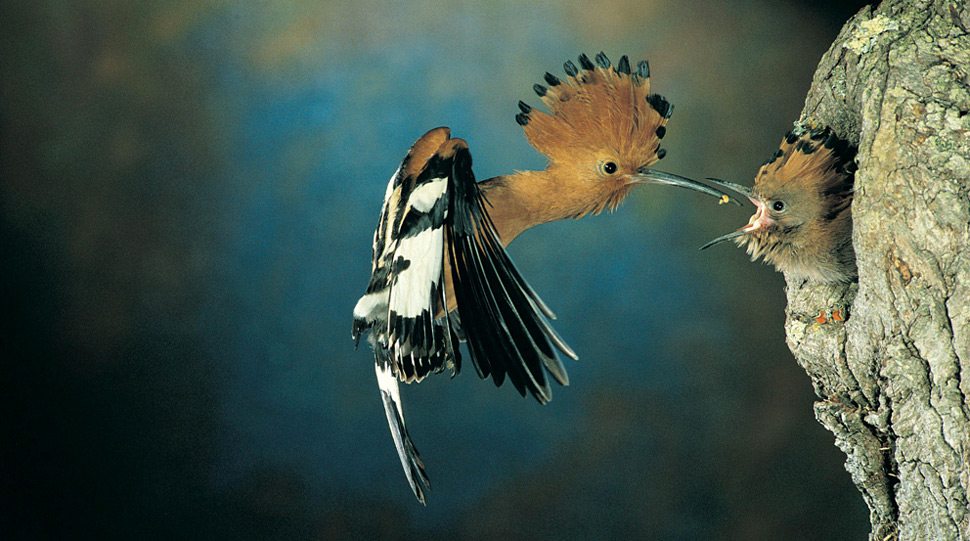
Hoopoes frequently perch on the lawn of Four Seasons Resort Dubai at Jumeirah Beach, where guests can hear their hoot-like call.
Audio courtesy Sheldon R. Severinghaus/The Macaulay Library at the Cornell Lab of Ornithology
The lawns of Four Seasons Resort Dubai at Jumeirah Beach and other Arabian Gulf hotels are becoming desert sanctuaries for many birds, thanks to water features, beautiful landscaping, and abundant native plants and trees. The Dubai property also plays host to Red-vented Bulbuls and the occasional Purple Sunbird, but the funky hoopoes, with their “Mohawk” look, are the staff favourite.
The bird’s unusual name is onomatopoeic, mimicking the elegant black-and-cinnamon bird’s double hoot-like call. Though subspecies exist, the hoopoe is the only extant member of its family in the world.
Four Seasons Resort Dubai at Jumeirah Beach
Costa Rica: Keel-billed Toucan (Ramphastos sulfuratus)
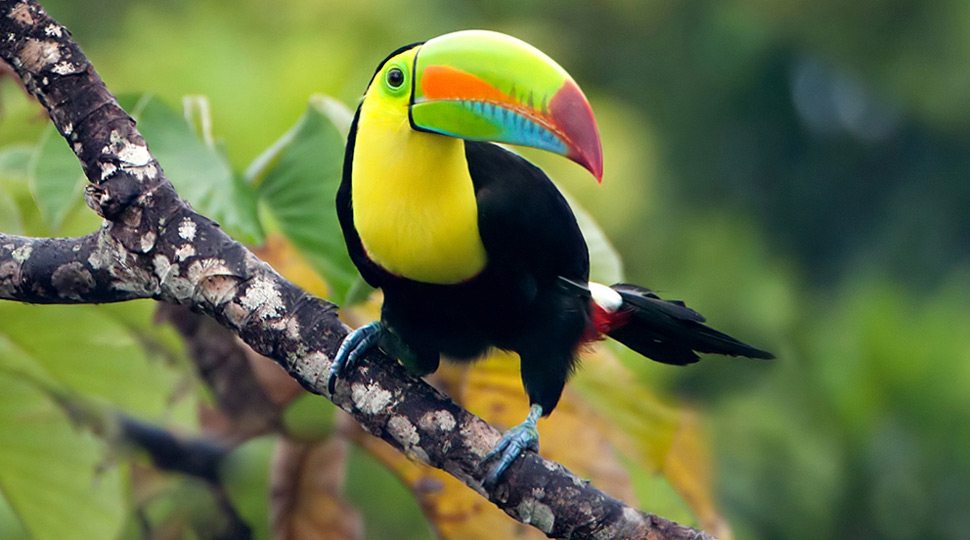
A view of the Keel-billed Toucan’s striking, bright chest and rainbow bill in Costa Rica’s fruit trees or forests is the sighting of a lifetime.
Audio courtesy David L. Ross, Jr./The Macaulay Library at the Cornell Lab of Ornithology
Costa Rica is rich in bird biodiversity: The small tropical country is home to roughly 850 species, from Sapphire-throated Hummingbirds to dazzling quetzals. But let’s face it: Everyone wants to see a toucan. Six members of the toucan family Ramphastidae call Costa Rica home, including the Keel-billed. These yellow-chested, rainbow-billed beauties are occasionally visible in fruit trees and forests on the nearby lower slopes of Cordillera de Guanacaste and the Nicoya Peninsula, both about 90-minutes from Four Seasons Resort Costa Rica at Papagayo.
Papagayo is not without its own brilliant avifauna. The peninsula is named for the numerous colourful parrots that inhabit its lush canopies. Visitors who attend the 930-hectare (2,300-acre) Resort’s morning and afternoon nature walks can learn about the 25 species of endangered trees found on the peninsula and the birds who visit them, including Crested Caracaras, Great Kiskadees, Tropical Kingbirds, Inca Doves and Yellow-naped Parrots – each of the parrots a bright green marked with a vivid yellow line along its forehead and the nape of its neck.
Four Seasons Resort Costa Rica at Peninsula Papagayo
Thailand: Scarlet-backed Flowerpecker (Dicaeum cruentatum)
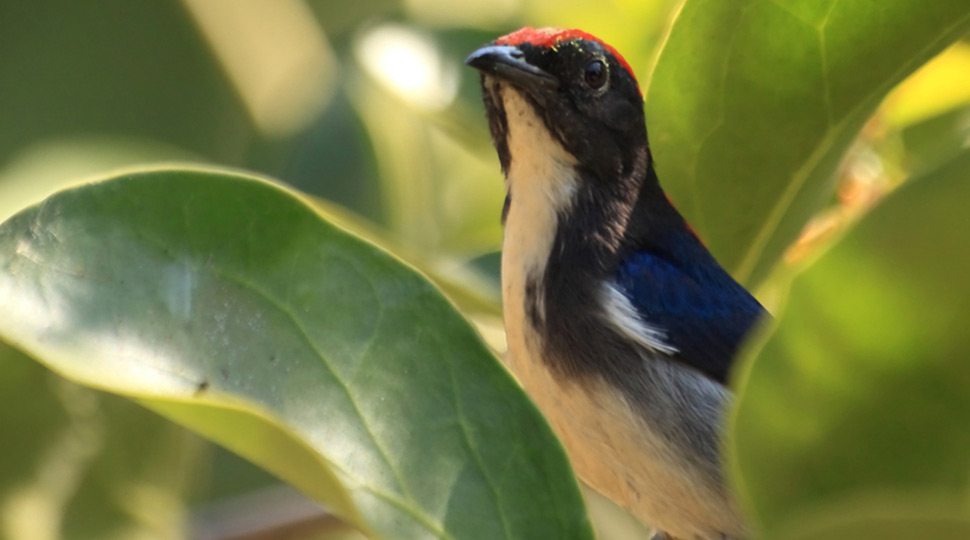
The Scarlet-backed Flowerpecker, one of the smallest birds in Southeast Asia, is a rare but beautiful highlight at Four Seasons Hotel Tented Camp, Golden Triangle.
Audio courtesy Roger D. and Megan J. McNeill/The Macaulay Library at the Cornell Lab of Ornithology
Many brightly coloured passerines flit through the moist bamboo thickets and steamy riverine forests of the Golden Triangle where Burma, Laos and Thailand converge. But few are as elegant and photogenic as the elusive Scarlet-backed Flowerpecker.
Sightings of the birds from Four Seasons Hotel Tented Camp, Golden Triangle are rare, but not impossible. They’re more likely at Chiang Saen Lake, about 45 minutes from the camp, or on trees at nearby fruit gardens where you can watch them quietly nibbling on figs and buah cherries. They may be one of the smallest birds in Southeast Asia, but their deep ruby red, sparkling white and navy blue markings are unmistakable.
Four Seasons Tented Camp Golden Triangle
Australia: Sulphur-crested Cockatoo (Cacatua galerita)
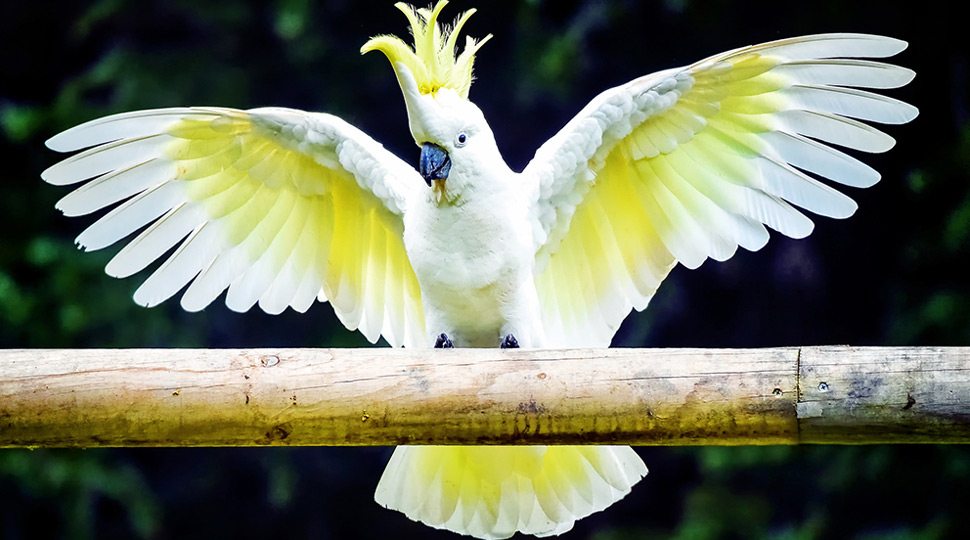
The Sulphur-crested Cockatoo is one of the most familiar and beloved birds in Australia, and it’s not unusual to see this bird’s snow-white feathers and brightly coloured crest in parks and green areas across Sydney.
When you first sight one of these flamboyantly feathered birds, you might think you’ve spotted an escaped pet. But these large, cacophonous, snow-white cockatoos with the butter-coloured crest live wild in Sydney and appear in spots throughout the country, including the Botanic Gardens and Hyde Park, both within walking distance from Four Seasons Hotel Sydney. It’s a vivid reminder that you’ve crossed the Wallace Line, a faunal boundary marking two distinctly different ecozones.
Sulphur-crested Cockatoos are known for their curiosity, screechy calls and longevity. One legendary Sulphur-crested Cockatoo, christened Cocky Bennett, lived for over 100 years.
Four Seasons Hotel Sydney
Geneva: Mute Swan (Cygnus olor)
Audio courtesy Dolly Minis/The Macaulay Library at the Cornell Lab of Ornithology
It’s not a long wait before a wild white swan glides along the shoreline of Lake Geneva. Just steps outside Four Seasons Hotel des Bergues Geneva, these grand birds with black masks and orange beaks can be seen along the lake, and on the tiny island of l’Ile Rousseau in front of the Resort, often with their S-curve necks in perfect formation like ballerinas.
From the 13th to the 19th century, western European swan populations were nearly exterminated by hunting. Protective measures to save the lake’s waterfowl took effect in the late 1800s, allowing the swans to reclaim their former range. In the 1960s, numbers declined again, but fortunately they are increasing today.
Four Seasons Hotel des Bergues Geneva
Florida: Florida Scrub Jay (Aphelocoma coerulescens)
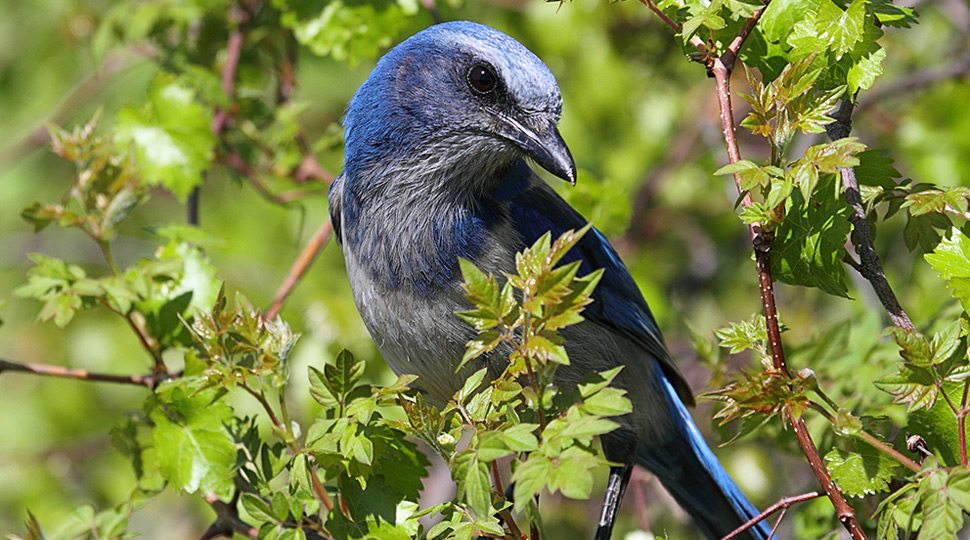
Guests at Four Seasons Resort Orlando at Walt Disney World® can take a break from the bustling city to spot Florida’s only endemic bird, the deep blue Florida Scrub Jay.
This jay is Florida’s only endemic bird, and one of only 15 endemic bird species in the continental United States. Because Florida’s scrub oak habitat has rapidly dwindled in the past few decades, and therefore the number of birds has, the jay has been designated a threatened species.
It’s possible to see this bold and feisty bird at Four Seasons Resort Orlando at Walt Disney World® Resort and the Tranquilo Golf Club, both of which are home to dozens of replanted live oak trees, the preferred habitat of the Scrub Jay – not to mention shrubs, ground cover, bushes and palms that it and other birds can use for food and shelter. For birders who want a more guaranteed sighting, the Florida Scrub-Jay Trail is a mere 30 miles (48 kilometres) away.
Four Seasons Resort Orlando at Walt Disney World® Resort
Serengeti: African Grey Hornbill (Lophoceros nasutus)
Audio courtesy Linda R. Macaulay/The Macaulay Library at the Cornell Lab of Ornithology
The chance to sight the Big Five beasts may draw travellers from far and wide, but Four Seasons Safari Lodge Serengeti is also a fine spot for observing African birds. Right on the grounds, it’s possible to come face to face with mischievous African Grey Hornbills, which are sometimes spotted amid the fig trees along the Lodge’s boardwalks.
With its heavy-looking, downward-curving bill, the bird has an oddly primitive appearance, but it moves with the agility of a lion, both in the air and on the ground.
“While flying, they dip in mid-flight, which is quite distinctive, and as the most pronounced of all the hornbills in this region, their piercing, whistle-like call is also quite distinctive,” says the Lodge’s Discovery Centre Manager, Oli Drieke.
Guests who wish to see more of these creatures should cover more of their habitat by embarking on the game drives and walking safaris offered at the Lodge.

